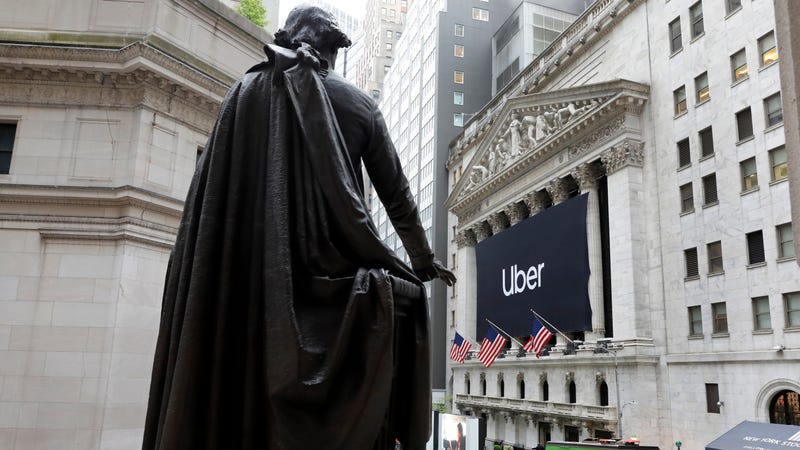
Almost a year ago to the day, New York City made the historic move to freeze the number of rideshare vehicles on its roads, a move meant to reduce congestion and forward the city’s Vision Zero safety initiative. Today the Taxi and Limousine Commission voted to extend the cap—and pass new rules to limit the time For-Hire Vehicles (FHVs) spend without passengers in them.
“TLC will regulate the number of new licenses to make sure future growth in vehicles is in line with the demand for trips, since the industry has proven unwilling to take such steps on its own,” Department of Transportation Commissioner Polly Trottenberg wrote in the Daily News last month, “120,000 FHVs—80,000 more than in 2010!—is plenty for now.” New York City is among the largest, if not the largest market for rideshare companies such as Uber and Lyft, which have benefitted greatly until this point from limited regulations.
Advertisement
The licensing cap extension is more or less self-explanatory, but the new ruling on “cruising” requires a little bit of unpacking. While logged in, FHV drivers necessarily spend some of their time either driving while waiting for a hail, or “deadheading” towards the location of their next passenger while no one else is currently in the vehicle. Research done by TLC suggests cruising accounts for over 40 percent of the Vehicle Miles Traveled (or VMT, a standard metric in these sorts of studies) for FHVs. Rideshare companies will be required to reduce that number to 36 percent by February and 31 percent a year from now.
In the same Daily News op-ed, Trottenberg was more than happy to note that Mercedes-Benz ridesharing joint venture Via “is already in compliance with the cap on cruising.”
Advertisement
There’s a fairly significant, if well-meaning, loophole in the cap, however: no such restriction exists for wheelchair-accessible vehicles. Since the cap was instituted last year, the number of those vehicles on the road has more than tripled, according to TLC.
Advertisement
Local driver organizations were split on whether a continuation of the cap would improve working conditions for drivers. “Until the effects of the city’s proposals on drivers are better understood, we urge the Taxi and Limousine Commission to hold off on voting on these rules. To rush these rules through now is gambling with the livelihood of more than 80,000 New York families,” Brendan Sexton, executive director of the Independent Drivers Guild, wrote in a statement yesterday. After the rulings passed, however, New York Taxi Workers Association Executive Director Bhairavi Desai wrote that “even though Uber, Lyft drivers and yellow cab owner-drivers are at different stages of their struggle for life out of poverty, stopping the oversaturation of cars is the starting point for all drivers to recover in this race to the bottom.”
Both organizations represent the interests of rideshare drivers in New York, though they rarely agree on their approach to improving conditions. The NYTWA has been particularly critical of IDG’s proximity to Uber, with Desai previously referring to it as “a sham company union which goes against every single principle that people like us believe in.”
Advertisement
The limit on new licenses creates some problems of its own, however. Among them, an expected shift away from privately-owned FHVs towards leased ones. At a TLC hearing prior to today’s vote, a number of drivers described the onerous terms these leasing companies loan these cars out under. Limitations on weekly fees and such already exist for taxis but are not yet on the books for FHVs—something NYTWA is now working to change.
If you have information on predatory FHV leasing agreements, please reach outvia email, Twitter, Keybase, or leak us documents on SecureDrop.
Advertisement













